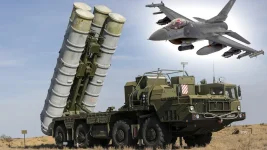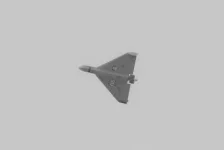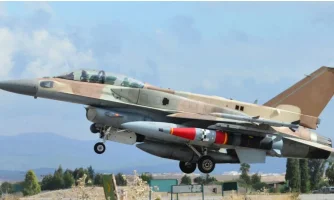- Views: 1K
- Replies: 6
The Indian Army is taking steps to modernize its tank fleet in response to vulnerabilities exposed during the ongoing conflict in Ukraine. The army has issued a Request for Information (RFI) for Active Protection Systems (APS) to enhance the survivability of its T-90S Bhishma tanks against advanced anti-tank weapons.
The RFI highlights the need for a comprehensive APS that incorporates both soft-kill and hard-kill countermeasures.
Soft-kill measures would involve deploying systems like multispectral smoke grenades and electro-optical/infrared (EO/IR) jammers to disrupt the guidance systems of incoming missiles.
Hard-kill measures would focus on physically neutralizing threats using kinetic countermeasures, offering protection against rocket-propelled grenades (RPGs), anti-tank guided missiles (ATGMs), and high-explosive anti-tank (HEAT) rounds.
The APS should also be capable of eventually countering kinetic energy (KE) projectiles, such as armor-piercing fin-stabilized discarding sabot (APFSDS) rounds.
This modernization effort is driven by the demonstrated effectiveness of modern anti-tank weapons in the Ukraine conflict. Lightweight, shoulder-fired missiles like the Javelin and NLAW, along with loitering munitions, have proven highly effective against even heavily armored tanks. The Indian Army acknowledges that the threat to tanks is now omnidirectional, requiring advanced defensive measures.
The RFI emphasizes that the chosen APS must be compatible with India's diverse operational environments, including high-altitude regions, and should not impede the tank's mobility. This requirement underscores the need for a system that can function effectively in the challenging terrain where Indian tanks are often deployed.
While the Indian Army is looking to international vendors for potential solutions, the Defence Research and Development Organisation (DRDO) is also developing an indigenous APS. This two-pronged approach aims to enhance the survivability of India's tank fleet through both domestic innovation and international collaboration.
The Ukraine conflict has served as a stark reminder of the evolving nature of warfare and the need for continuous modernization. By investing in advanced APS, the Indian Army aims to ensure its armored units remain a formidable force on the modern battlefield.



